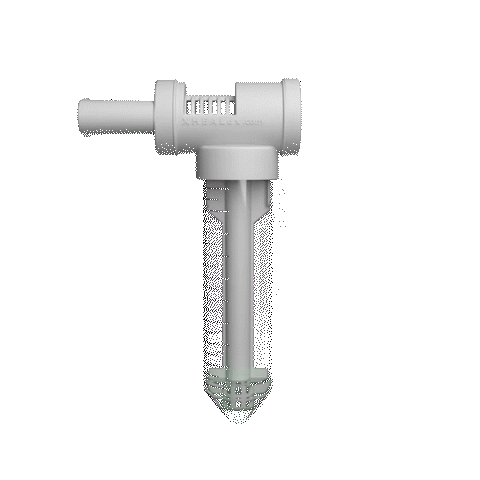
Global Burden
of Lung Infections
489 Million Cases Annually
Major Burden on Health Care System
2.49 Million Deaths Annually
Most Deadly of All Communicable Diseases
97.2 Million DALYs Annually
Prime Cause of Disability-Adjusted Life Years
Unambiguous Diagnosis is Hampered
by Conventional Sampling Methods
Better sample, Better treatment
Limitation of Conventional Sampling
Current samples are contaminated by upper respiratory tract
Poor sample, Poor diagnosis
Contamination leads to inaccurate diagnoses
Accurate Diagnosis, Right Treatment
Poor diagnosis results in under- or over-treatment
Diagnosing lung
infections is a
sampling challenge
Xheal Sampling Technology
Enables Directed Therapy
Better sample, Better treatment
a e r o c e p®

Sampling Site of Infection
Capturing pathogen-loaded aerosols originating from mucosal surfaces in the lungs
Enabling Molecular Diagnostics
Our sample carries no contamination making it ideally compatible with fast molecular diagnostics
Allowing Directed Therapy
By enabling fast molecular diagnostics, our sample allows for diagnosis within the golden hour.
